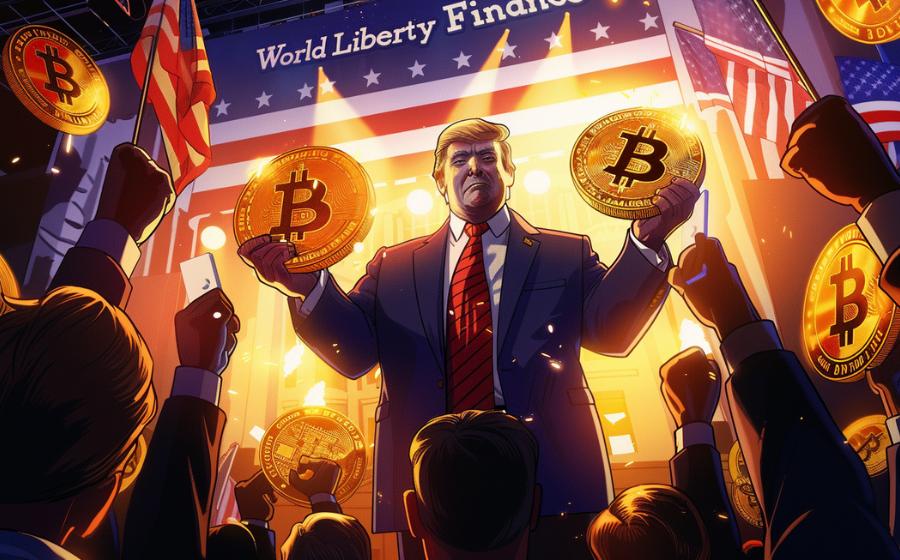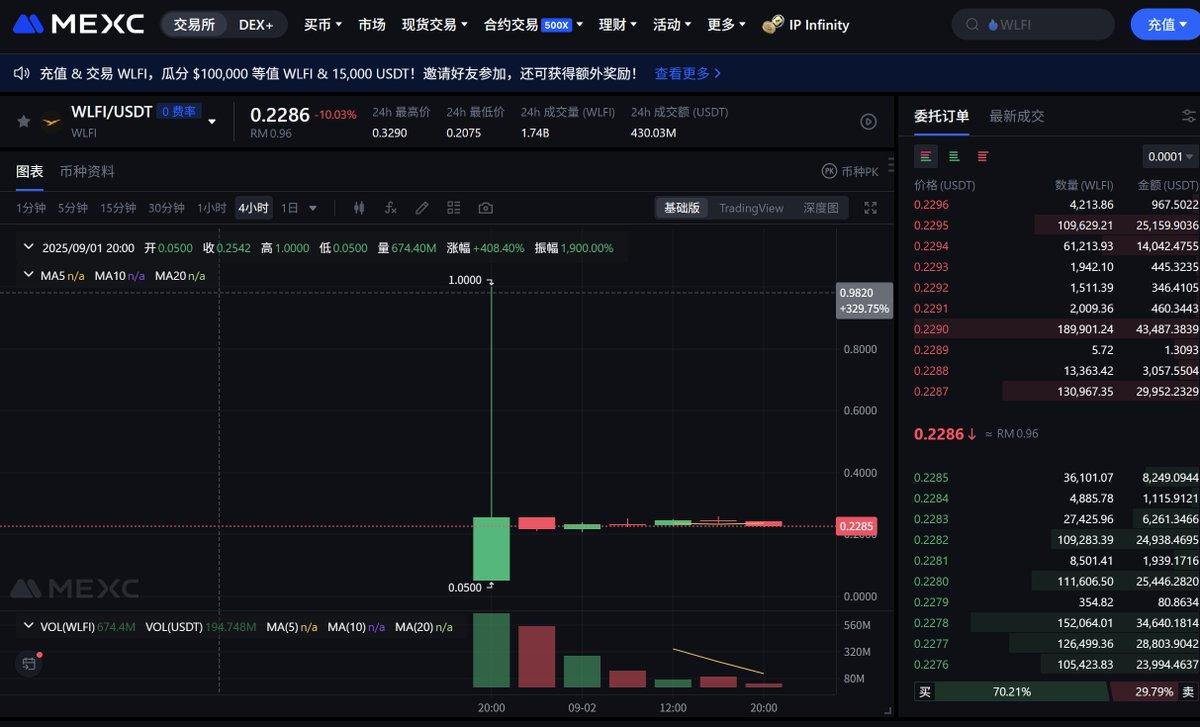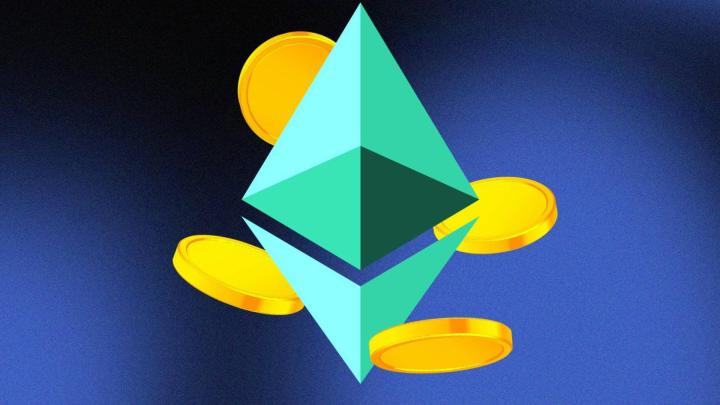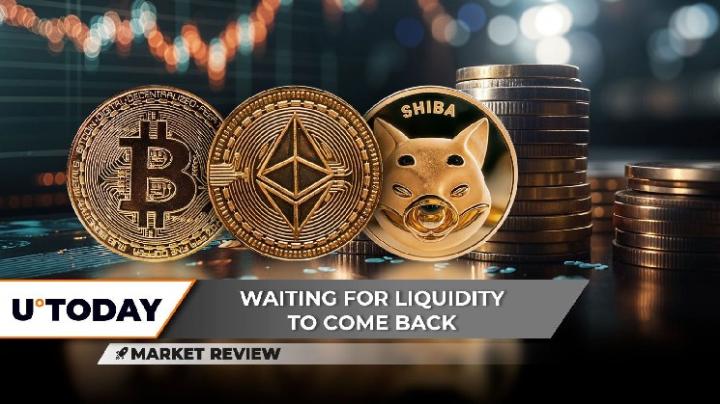- WLFI presale investors dominated – Early buyers at $0.015–$0.05 secured 6–20x profits once 20% of tokens unlocked at launch.
- Retail access came too late – Pre-market trading anchored WLFI around $0.30, leaving little upside for official listing.
- Price collapsed on opening day – Heavy presale selling, retail exits, and no strong market-making drove WLFI down to $0.21–$0.25.
WLFI token launch recap: from presale to airdrop, pre-market trading, and day-one crash. Learn where profits were made and why retail buyers lost.

The debut of WLFI was one of the most anticipated token launches of 2025. Backed by political branding and enormous media hype, the token drew attention from retail traders, institutions, and the wider crypto community. Many expected an explosive rally on day one. Instead, WLFI opened at around $0.30 and quickly tumbled toward the $0.21–$0.25 range.
This article combines two critical perspectives: first, a breakdown of where investors actually made money leading up to WLFI’s launch; second, an analysis of why the token’s price collapsed immediately after listing. Together, these insights reveal the structural dynamics behind WLFI and offer lessons for future launches.(The above views refer to @web3_batulu)
EARLY PRESALE: THE FOUNDATION OF PROFITS
The most profitable stage of WLFI was never accessible to the general public. In 2024, the project raised approximately $550 million through a private presale.
- Price range: $0.015–$0.05 per WLFI.
- Unlock schedule: at launch, presale buyers were able to access 20% of their holdings.
- Eligibility: restricted to accredited investors only. Requirements included an annual income of at least $200,000 for two consecutive years or a net worth exceeding $1 million (excluding a primary residence).
When WLFI opened at around $0.30, presale buyers sat on 6–20x profits instantly. Even with just 20% unlocked, the incentive to sell was overwhelming, which later translated into heavy selling pressure on the open market.
HOLDER AIRDROP: USD1 DISTRIBUTION
Another opportunity came shortly before launch. In late August 2025, WLFI rewarded holders with an airdrop of USD1 stablecoins.
- Distribution: approximately $47 worth of USD1 per address on average.
- Mechanism: no action required; tokens were distributed automatically to wallets and exchange accounts.
- Condition: only those already holding WLFI were eligible.
This stage again excluded outsiders. Unless you had WLFI in your wallet before the snapshot, you had no access to the airdrop rewards.
PRE-MARKET TRADING: THE LAST OPEN DOOR
For retail investors, the only real chance to enter WLFI before its official launch was through pre-market trading on platforms like KuCoin and MEXC.
- Timeline: about one week before listing.
- Price movement: surged from presale valuation into the $0.30–$0.36 range.
- Stabilization: by launch day, most pre-market trades settled between $0.30–$0.33.
These pre-market venues allowed participants to trade WLFI IOUs that would later convert into real tokens. But while this gave retail access, the entry point was already 6–20x higher than presale. In effect, most of the upside had already been captured before ordinary traders could join.
OPENING DAY PERFORMANCE
On September 1, 2025, WLFI was officially listed on major exchanges.
- Early listing: Huobi and WEXC opened trading about an hour before other platforms.
- Opening price: approximately $0.30 USDT, almost identical to pre-market averages.
- Price action: within hours, WLFI dropped to $0.21–$0.23.
- Closing level: stabilized around $0.24–$0.25.
Critically, the opening price was nearly the same as the pre-market price. Unlike other tokens that rally first before retracing, WLFI skipped the upward move altogether. Retail buyers who entered at launch faced losses almost immediately.

WHY WLFI CRASHED IMMEDIATELY
Several structural and behavioral factors explain why WLFI failed to rally:
- Heavy Sell Pressure from Presale Holders
Early investors bought at $0.015–$0.05. Launching at $0.30 meant instant 6–20x profits, even with partial unlocks. This created an unavoidable wave of sell orders. - Expectations Already Priced In
WLFI had been trading in pre-market venues for a week, stabilizing at $0.30–$0.33. By the time of the official launch, the price was already “anchored.” There was no fresh capital to push it higher. - Retail and Pre-Market Holders Exiting
Many pre-market buyers entered around $0.30. When the token opened at the same level and began sliding, they rushed to sell, either to cut losses or because they were disappointed by the lack of a rally. - Lack of Market-Making Support
Most token launches benefit from market makers or project teams who temporarily support prices to generate FOMO. WLFI lacked such backing. With strong political associations, the project’s focus may have been fundraising and publicity rather than supporting secondary trading.
WHY RETAIL HAD LIMITED PROFIT OPPORTUNITIES
Looking at WLFI’s full journey, it becomes clear why retail traders struggled to profit:
- Presale: life-changing returns, but exclusive to institutions and accredited investors.
- Airdrop: rewards went to existing WLFI holders only.
- Pre-market: accessible but already at $0.30+, leaving little room for upside.
- Official listing: opened flat and quickly dropped, leaving late entrants in the red.
In short, retail had no low-cost entry point. By the time the token reached public markets, most of the upside had been extracted.
KEY LESSONS FROM WLFI
- Understand Tokenomics: Study unlock schedules and presale prices. If insiders hold massive multiples of your entry cost, expect sell pressure.
- Don’t Chase Political Hype: Branding and headlines don’t guarantee profits if fundamentals aren’t aligned.
- Pre-Market Sets the Tone: If a token has already stabilized in pre-market, don’t expect a fresh breakout at listing.
- Accept Retail Limits: You cannot make money beyond the limits of your knowledge and access. Recognize when you’re late to the game.
CONCLUSION
WLFI’s launch demonstrated how profits in crypto are distributed unequally. Early investors captured 6–20x returns. Holders received a stablecoin airdrop. Pre-market participants had limited opportunities but at inflated prices. Retail traders who waited for the official listing found themselves buying at the top, only to watch the token fall.
The case of WLFI shows that the real money is made long before a token lists on major exchanges. For future launches, traders must pay close attention to presale structures, pre-market activity, and the psychology of unlock events. Without this preparation, retail risks becoming exit liquidity for earlier players.
〈WLFI TOKEN LAUNCH: HOW PROFITS WERE MADE AND WHY THE PRICE CRASHED〉這篇文章最早發佈於《CoinRank》。







